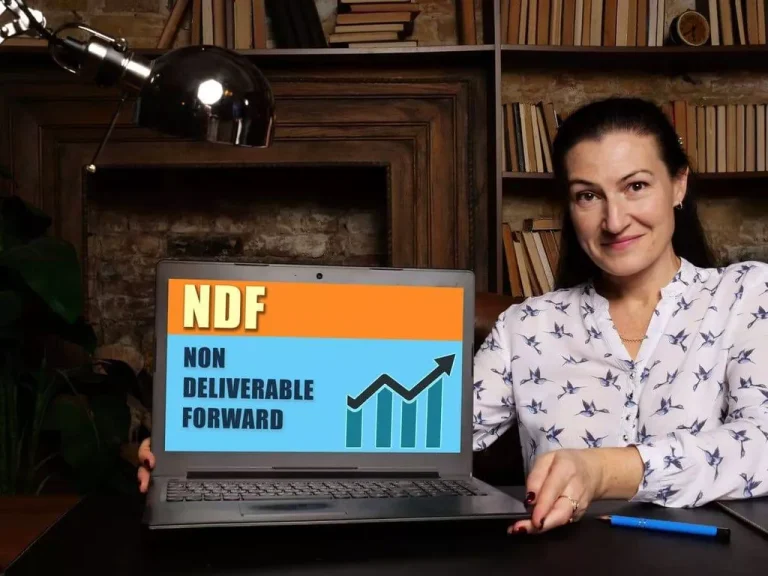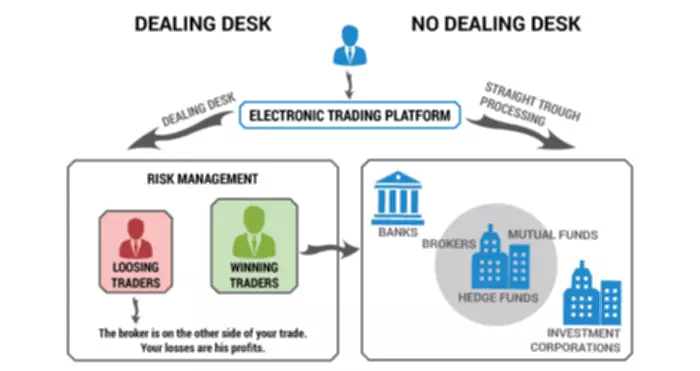Uniswap’s success demonstrates the effectivity and accessibility of DEXs, selling monetary inclusivity. The protocol also helps token swapping and incentivizes liquidity providers through charges and token rewards. Balancer liquidity protocol is a decentralized finance (DeFi) platform that provides automated portfolio administration and liquidity provision. It permits users to create and manage liquidity pools with multiple tokens, enabling dynamic asset allocation.

Simply enter the quantity of the token you’d wish to sell and enter the main points the place you want to receive your funds. By providing liquidity in DeFi protocols, you’ll find a way to earn curiosity and develop your crypto portfolio. In a bear market, on the other hand, the chance of impermanent loss could be far greater due to the market downturn. This is simply true, however, when the fall in price of one asset is larger than the pair’s appreciation. The measurement of a person’s share in the pool depends on how much of the underlying asset they have supplied. So, if a pool has $100 price of property and a user has supplied 10% of these assets, then that person would personal 10% of the pool and would earn 10% of the rewards which may be distributed.
They earn rewards for pooling tokens, that are a portion of the buying and selling charges. Liquidity swimming pools are created when users (called liquidity providers) deposit their digital belongings into a smart contract. Then, join your pockets to the platform and select forex liquidity pools the particular liquidity pool you wish to join. Pay attention to elements such as trading charges, liquidity, and token pairs before clicking the “Provide Liquidity” possibility.
How Do Crypto Liquidity Pools Work In 2023-2024?
Let’s explore some case studies and real-world purposes that spotlight their significance. Seasoned copywriter with a centered expertise in crypto and fintech, adept at translating complex business jargon into clear, partaking content material. Driven by my mission to illuminate https://www.xcritical.com/ the intricacies of the crypto and fintech industries, my dedication is to create and deliver content material that educates, engages, and empowers. I try to foster understanding, inspire confidence, and catalyze development in these dynamic sectors, contributing to the forward momentum of our digital financial future.
DEXs require extra liquidity than centralized exchanges, nevertheless, as a result of they do not have the identical mechanisms in place to match buyers and sellers. As the name suggests, a DEX is a decentralized trade that doesn’t rely on a 3rd get together to carry customers’ funds. This article explains what liquidity swimming pools are, how they work, and why they’re so crucial to the DeFi ecosystem. Liquidity swimming pools have also opened the door for tranching, a concept borrowed from conventional finance.
Liquidity Mining And Incentives
Their major function is to supply liquidity to decentralized exchanges (DEXs) and different purposes and protocols to help trading and facilitate asset swaps. However, slippage, the distinction between the anticipated and actual execution value, can influence trades on these decentralized exchanges. High slippage arises when liquidity is restricted, leading to potential losses or reduced positive aspects for traders.
Cross-chain liquidity pools like Thorchain are pivotal in fostering a extra linked and efficient DeFi panorama. The platforms that use liquidity swimming pools to energy digital asset swaps are referred to as automated market makers (AMMs). AMMs are sensible contract-based protocols that dictate how LPs, liquidity swimming pools, LP tokens, and different associated capabilities work together. PancakeSwap is a decentralized change and liquidity protocol constructed on the Binance Smart Chain. Using an automatic market-making (AMM) system, PancakeSwap eliminates the necessity for conventional order books.

Liquidity swimming pools with assets of low volatility such as stablecoins have historically experienced the least impermanent loss. If a pool doesn’t have enough liquidity, it could experience excessive slippage when trades are executed. To take part in a crypto liquidity pool, you will first have to have a great understanding of how these pools work. Once you are familiar with the idea, you’ll find a way to begin by choosing a reputable and extensively used platform similar to Uniswap or Sushi. All in all, the essence of DeFi lies in its decentralized approach, encouraging monetary freedom, transparency, and accessibility for all customers in the crypto house. Liquidity swimming pools have turn into an integral a half of the DeFi world, serving as the foundation for decentralized trading and other monetary actions.
Why Is Low Liquidity A Problem?
When a trade is executed, the AMM uses a mathematical formula to calculate how much of every asset within the pool needs to be swapped to be able to fulfill the commerce. Liquidity pools are essential for peer-to-peer trading in decentralized finance (DeFi). Let’s say we have a typical liquidity pool with a 50/50 stability of SOL and USDC, with a constant value of $1 million.

Liquidity pool operations are ruled by good contracts, self-executing agreements stored on the blockchain. Smart contracts routinely deal with transactions throughout the pool, including deposits, withdrawals, and trades, based on the directions they are programmed with. Liquidity providers (LPs) lock an amount of ETH and USDC in a dedicated smart contract that holds the belongings (the pool). Other customers who want to swap between ETH and USDC dip into the liquidity pool as a source of assets.
What Is The Purpose Of Liquidity Pools?
Liquidity pools additionally play a job in decentralized governance inside DeFi protocols. Users who contribute to liquidity pools usually receive governance tokens that grant them voting rights in decision-making processes. This permits the neighborhood to have a say in the development and evolution of the protocol. Liquidity swimming pools, however, allow users to keep up custody of their property inside their very own wallets. Thus, they reduce the chance of exchange hacks, bankruptcies, or different centralized failures that would end result within the lack of your crypto tokens. Users have full control over their belongings and can transact on a DEX immediately from their wallets.
It utilizes a singular flash mortgage function, permitting users to borrow with out requiring collateral if the funds are returned within the identical transaction. Aave’s progressive features have contributed to increasing DeFi’s capabilities, introducing new possibilities for financial companies. AMMs make the most of these liquidity pools to calculate prices based on the ratio of tokens in the pool, ensuring fair and efficient trading.
Raydium is a significant DEX operating on the Solana blockchain, known for its high transaction pace and low fees. It relies on liquidity swimming pools to facilitate buying and selling and liquidity provision on the Solana community, offering users a seamless buying and selling experience. Another risk of utilizing liquidity pools is impermanent loss, which can occur when the two property deposited in a pool lose worth due to market circumstances, or the swaps themselves. The loss is identified as “impermanent” when the assets remain within the pool, however these turn out to be permanent, realized losses if/when the consumer removes their funds from the pool. An AMM (automated market maker) is a type of decentralized change protocol that uses a specific algorithm to cost tokens.
- This is because the value of their belongings would have been greater if that they had merely held onto them in their private pockets as an alternative of depositing them into the AMM.
- The precise amount earned by any liquidity supplier will depend upon the scale of the pool, the trading activity, and the charges which are charged.
- A liquidity pool is a group of funds locked in a wise contract on a decentralized finance (DeFi) community.
- The objective of this web site is solely to display info relating to the services out there on the Crypto.com App.
- Liquidity is crucial to financial markets, guaranteeing easy buying and selling and efficient worth discovery.
Some components that may have an result on profitability include the dimensions of the pool, trading quantity, fees, and incentives supplied by the pool. Liquidity swimming pools rely on smart contracts, which are subject to potential vulnerabilities and exploits. If a sensible contract contains a bug or loophole, hackers may exploit it and drain the funds from the liquidity pool. To better perceive liquidity swimming pools, let’s compare them with traditional centralized exchanges. However, as a end result of liquidity pools are topic to strict rules coded into sensible contracts, they also may be subject to exploits by hackers if that code has vulnerabilities.
For instance, one might deposit some ETH into the pool and receive an equal worth of USDC (or vice versa). Most liquidity pools additionally present LP tokens, a kind of receipt, which can later be exchanged for rewards from the pool—proportionate to the liquidity offered. Investors can generally stake LP tokens on other protocols to generate even more yields. And in 2018, Uniswap, now one of many largest decentralized exchanges, popularized the general idea of liquidity swimming pools. Upon providing a pool with liquidity, the provider usually receives a reward within the type of liquidity provider (LP) tokens. These tokens have their very own worth and can be utilized for various features throughout the DeFi ecosystem.
In this article, we dive into the world of liquidity pools, exploring their significance and shedding light on the main platforms that supply fund pooling services. One important operate of an AMM is ensuring that asset valuations stay accurate, so customers making swaps are not losing (or gaining) value in comparability with market prices of their crypto. One means they do that is stabilizing asset prices in accordance with their fluctuations inside a liquidity pool.

A liquidity pool represents cryptocurrency locked in a wise contract on a DEX (decentralized exchange). When someone sells token A to purchase token B on a decentralized exchange, they depend on tokens in the A/B liquidity pool supplied by different customers. When they buy B tokens, there will now be fewer B tokens in the pool, and the worth of B will go up.

